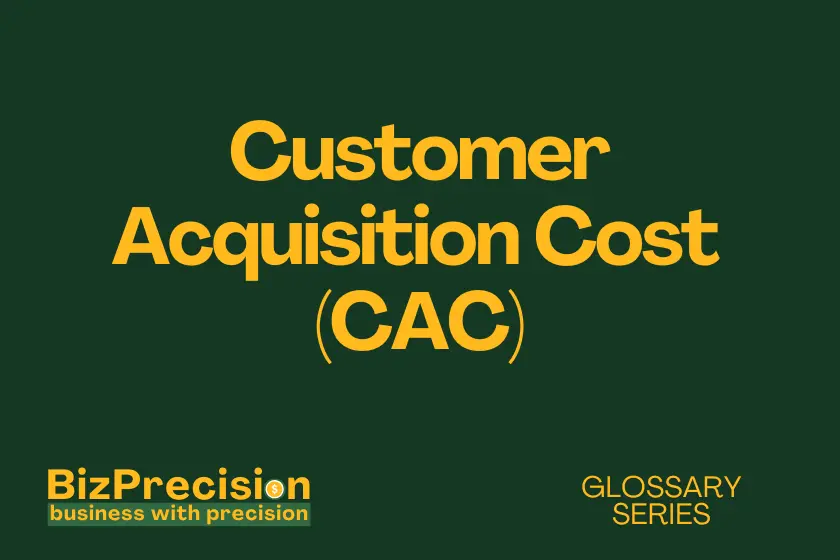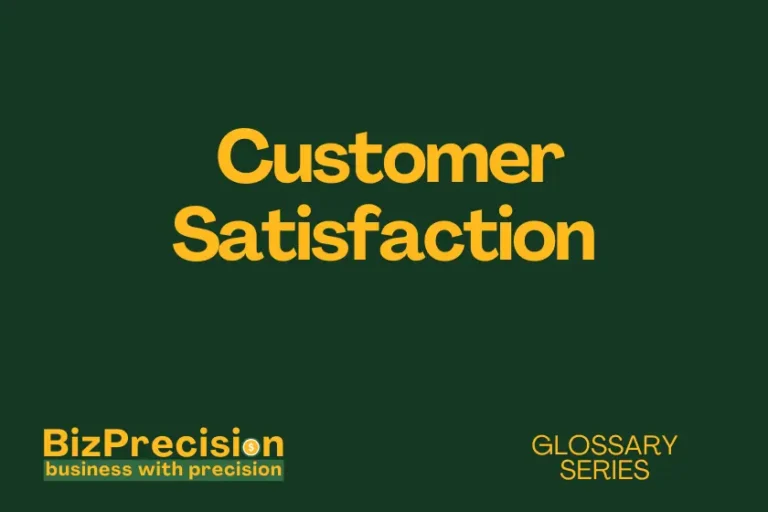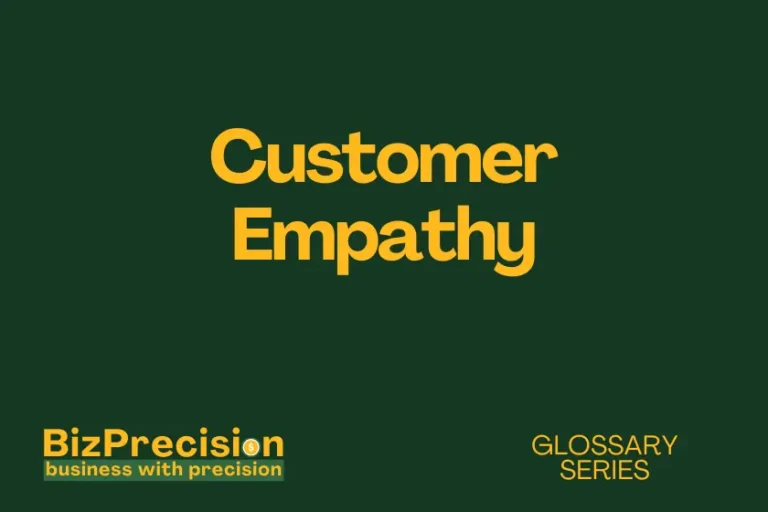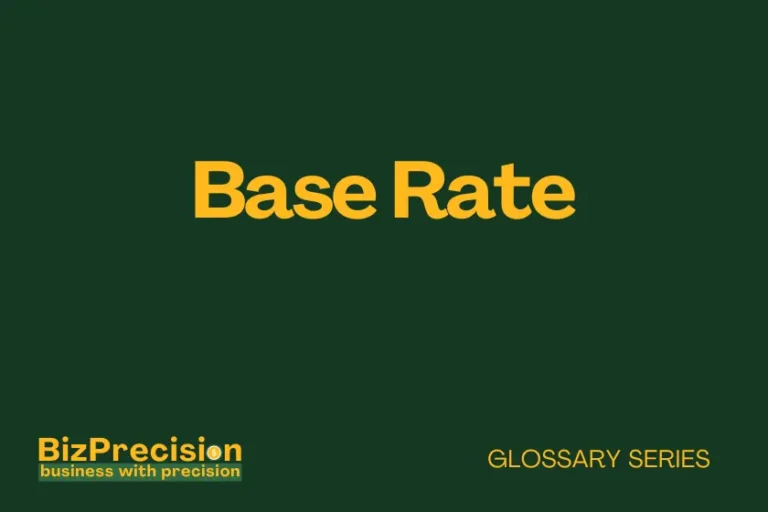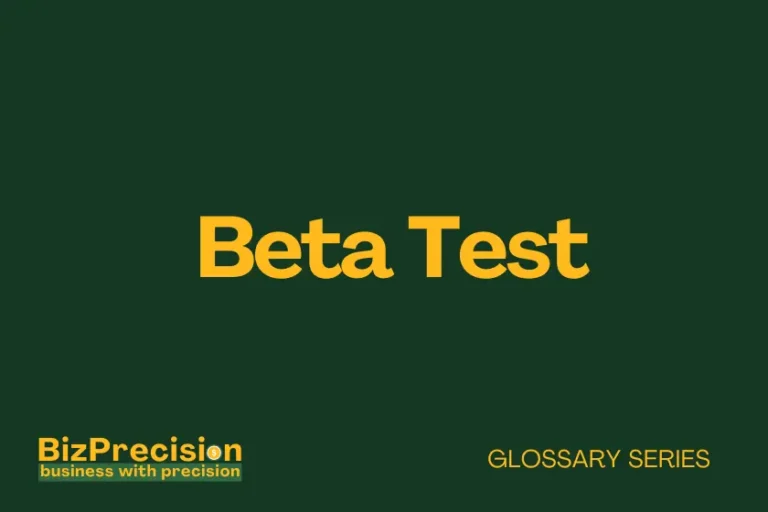What is Customer Acquisition Cost (CAC)?
Customer Acquisition Cost is the total expense a business incurs to gain a new customer.
This key metric helps businesses track their marketing and sales efficiency. Every dollar spent on gaining customers impacts your bottom line. According to a 2023 Profitwell study, the average CAC increased by 60% across industries in the past five years. This dramatic rise makes understanding and managing CAC crucial for business success.
Let’s explore how CAC works and why it matters for your business growth.
Understanding Customer Acquisition Cost
What Makes Up CAC
Your CAC includes every expense needed to win a new customer. Marketing costs form the foundation of this metric. These include your ad spending and content creation expenses. Sales team salaries add another layer to CAC calculations. Software tools and overhead costs also play a part.
Each expense type affects your total CAC differently. Ad costs often make up 40% of total CAC. Sales salaries typically account for 30% of the total. Marketing tools and overhead split the remaining 30%.
How to Calculate CAC
Finding your CAC requires a simple yet powerful formula. Add all customer acquisition costs for a period. Then divide by new customers gained in that time. The basic formula looks like this:
CAC = Total Acquisition Costs ÷ New Customers
Let’s break this down with real numbers. Say you spent $50,000 on marketing and sales last quarter. During this time, you gained 100 new customers. Your CAC would be $500 per customer.
This calculation gives you a clear picture of customer costs. Track this number monthly or quarterly for best results.
Industry Benchmarks for CAC
Different industries show varying CAC levels. B2B software companies often see higher costs. Their average CAC ranges from $200 to $300. Retail businesses typically have lower costs. They average $10 to $20 per customer.
Your target CAC depends on your business model. Compare your numbers to similar companies. This helps you gauge your performance. Remember that lower isn’t always better. The key is finding the right balance.
Impact on Business Growth
CAC directly affects your company’s growth rate. High acquisition costs can limit expansion. They eat into your profit margins. Lower CAC often means faster growth potential.
Consider this real example. A software startup lowered their CAC by 25%. This led to a 40% increase in their growth rate. They achieved this by optimizing their marketing channels.
Smart CAC management opens growth opportunities. It helps you scale sustainably. Your business can expand without burning through resources.
Optimizing Customer Acquisition Cost
Strategies to Reduce CAC
Smart businesses constantly work to lower their CAC. Start by analyzing your current spending patterns. Look for areas where you can cut waste. Focus on channels that bring the best returns.
Content marketing often reduces CAC over time. It builds lasting value through helpful resources. Email marketing shows similar benefits. It costs less than paid ads while maintaining effectiveness.
Testing different approaches helps find what works best. Small changes can lead to big savings. Always measure results to guide your decisions.
Marketing Channel Effectiveness
Each marketing channel performs differently. Social media might cost less than trade shows. Email campaigns often beat paid search ads. Understanding these differences matters.
Track the cost per lead from each channel. Compare conversion rates across platforms. This shows which channels deserve more investment. Drop or reduce spending on poor performers.
Regular channel assessment keeps CAC in check. It helps you spot trending channels early. This gives you an edge over competitors.
Sales Funnel Optimization
A smooth sales funnel lowers your CAC naturally. Remove barriers that slow down conversions. Speed up response times to customer queries. Make buying decisions easier.
Study where prospects drop out of your funnel. Fix these weak points first. This often brings quick wins. Small improvements add up to significant savings.
Keep testing new funnel ideas. What works today might not work tomorrow. Stay flexible and ready to change.
Technology and Automation Benefits
The right tools make CAC reduction easier. CRM systems track customer journeys better. Marketing automation saves time and money. Analytics tools spot improvement chances.
Start with basic automation tools. Add more as you grow. Focus on tools that solve real problems. Avoid buying technology you don’t need yet.
Measure how each tool affects your CAC. Keep tools that prove their worth. Replace ones that don’t deliver results.
CAC in Business Decision Making
CAC vs LTV Ratio Analysis
The CAC to LTV ratio guides smart business choices. LTV means customer lifetime value. A healthy ratio shows sustainable growth potential. Most companies aim for a 3:1 ratio.
Calculate your ratio by dividing LTV by CAC. A $300 CAC with $900 LTV gives a 3:1 ratio. This means each customer brings triple their acquisition cost.
Watch this ratio closely over time. It reveals your business health. Changes often signal needed adjustments.
Investment Planning
CAC shapes investment choices. High CAC might mean investing in better tools. Low CAC could signal room for market expansion. Your numbers guide these decisions.
Plan investments based on CAC trends. Rising costs might need immediate action. Falling costs could mean growth opportunities. Always consider both short and long-term effects.
Smart investments often pay off through lower future CAC. Think about long-term benefits when planning. Balance quick wins with lasting improvements.
Marketing Budget Allocation
Use CAC data to guide budget choices. Spend more on channels with lower acquisition costs. Cut back on expensive channels that underperform. Keep testing new options.
Review budgets monthly or quarterly. Shift money to what works best. Stay flexible with your spending plans. Market changes need quick responses.
Track how budget changes affect your CAC. This creates a feedback loop. Better decisions come from better data.
Performance Tracking Methods
Set up regular CAC monitoring systems. Track daily, weekly, and monthly trends. Watch for sudden changes that need attention. Use dashboards for quick insights.
Compare results across different timeframes. Look for seasonal patterns. Spot long-term trends early. This helps you plan better.
Share CAC data with your team regularly. Everyone should understand the numbers. This builds better decision-making habits.
Conclusion
Understanding and managing Customer Acquisition Cost (CAC) drives business success. Keep tracking your costs closely. Make changes based on solid data. Remember that improvement takes time.
Take these steps to start improving your CAC:
- Calculate your current CAC accurately
- Compare it to industry benchmarks
- Test new optimization strategies
- Monitor results consistently
Your business grows stronger with better CAC management. Start applying these insights today. Your future success depends on the actions you take now.

